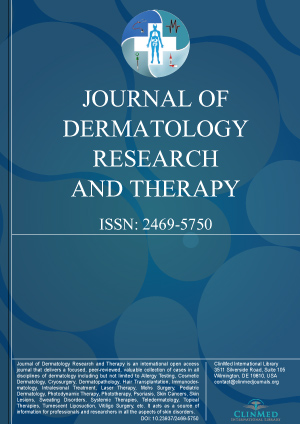Archive
Open Access DOI:10.23937/2469-5750/1510041
A Relapsing Polychondritis and Malignancies: A Case Report and Review of Literature
Ben Salah Raida, Cherif Yosra, Frikha Faten, Snoussi Mouna, Jallouli Moez, Marzouk Sameh and Bahloul Zouhir
Article Type: Case Report | First Published: December 17, 2016
Article Formats
- Full Article
Open Access DOI:10.23937/2469-5750/1510040
Case of Angiolymphoid Hyperplasia with Eosinophilia Associated with Anti-TNF Inhibitor
Neeraj Singh, Britta Sundquist and Prashant Kaushik
Article Type: Case Report | First Published: December 14, 2016
Article Formats
- Full Article
Open Access DOI:10.23937/2469-5750/1510039
Chika Ohata
Article Type: Mini Review | First Published: November 30, 2016
Article Formats
- Full Article
Open Access DOI:10.23937/2469-5750/1510038
Marius A Kemler
Article Type: Original Article | First Published: November 23, 2016
Article Formats
- Full Article

Volume 2
Issue 6
Issue 6
